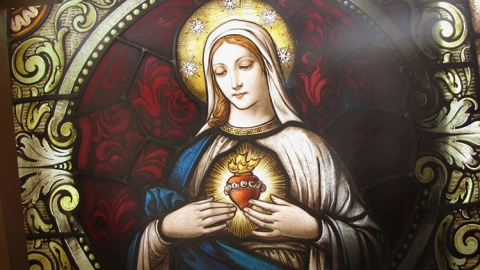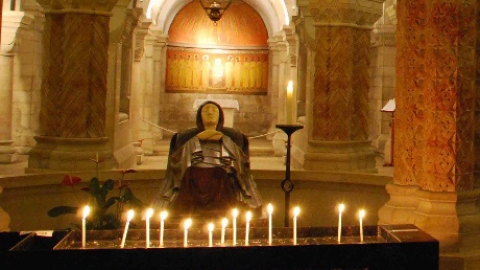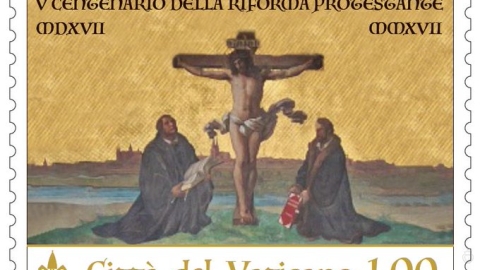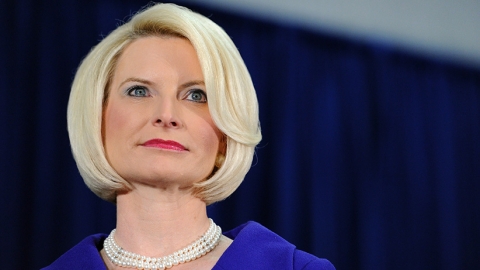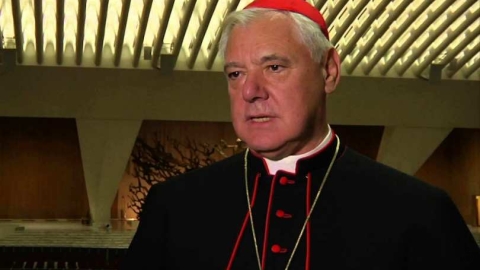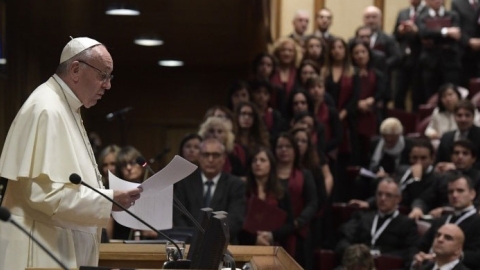Pastor's Corner: The Feast of the Holy Trinity - Its Origin, Meaning, and Theology

The Holy Trinity - Nicoletto Semitecolo
Thus far in the liturgical year, the feast and seasons were closely linked to sacred history, especially to the Gospel narrative of Christ's life. From Christmas to Pentecost we observed in mystery the earthly activity of our Redeemer. Now we meet certain feasts that are oriented quite differently, “faith-feasts” in which a mystery of our religion is made the object of liturgical worship. The bond with the Sacrifice itself is no longer so intimate, for the Church celebrates holy Mass on the occasion simply in honor of a given dogma. This is very true of the Holy Trinity and of the feast of the Sacred Heart. This is not so true when speaking of the feast of Corpus Christi seems to resonate so much with the Sacrificial action.
Origin
The greatest dogma of the Christian faith is the mystery of the Holy Trinity. A mystery is a supernatural fact revealed by God which surpasses our natural understanding. For the first thousand years of Christianity, no special feast was selected to celebrate this mystery since, as Pope Alexander II (1073) declared, every day of the liturgical year was devoted to the honor and adoration of the Sacred Trinity.
It was to counteract the Arian heresy, which denied the fullness of divinity to the Son, that a special text of the Mass in honor of the Holy Trinity was introduced in the liturgical books. It was not until John XXII that it was inserted in the official calendar of the Western Church in 1334. However, it is interesting to note that the beautiful Preface of the Trinity (read throughout all Sundays after Pentecost), dates from the time of St. Gregory the Great. The office of the breviary, one of the most sublime of the year, includes the famous Creed of Athanasius.
Doxology
The ancient Christian doxology (prayer of praise) “Glory be to the Father, and to the Son, and to the Holy Ghost” was used in the Eastern Church. The second part (“as it was in the beginning...”) seems to have been added at the time of Emperor Constantine. It crossed Europe in the fifth century and spread very quickly in the West. The Council of Narbonne (589) prescribed that it be added after each psalm and hymn in the divine Office.
Architecture
From the fourteenth century on, the Holy Trinity was generally invoked for help against the dreaded epidemics of the Black Death. Hundreds of Trinity churches in Europe owe their existence to public vows made in time of pestilence and cholera. After the calamities, these churches were frequented as pilgrim shrines. Later on, public columns in honor of the Blessed Trinity were placed in the main squares of cities. Sculptured in the late baroque era and made of marble, they carry the traditional image of the Trinity and statues of the saints who were patrons against epidemics. The city of Vienna alone has eleven such Trinity columns which were erected during the epidemics of 1679 and 1713.
Folklore
In the first centuries, the Holy Trinity was sometimes represented in paintings by three young men of identical shape and looks. By the sixth century, however, it had become an accepted practice that only the Father and Son would be shown in human form, the Holy Ghost being represented in the shape of a dove.
Many imaginative and symbolic pictures were indicative of this mystery, and the Church, although not officially accepting any of them, has tolerated some, forbidden others. The trefoil or shamrock is one of the best known. Another plant is the pansy Viola tricolor, called to this day the “Trinity flower” in parts of Europe. In Puerto Rico a delicately perfumed white flower with three petals is called Trinitaria. Another symbol is the figure of the triangle (Trinity) surrounded by rays (divinity) with the picture of an eye inside the triangle (omniscience and providence). An interesting version of this symbol may be seen in the Great Seal of the United States found in the one dollar bill (although here it is most likely used as a freemasonic symbol).
